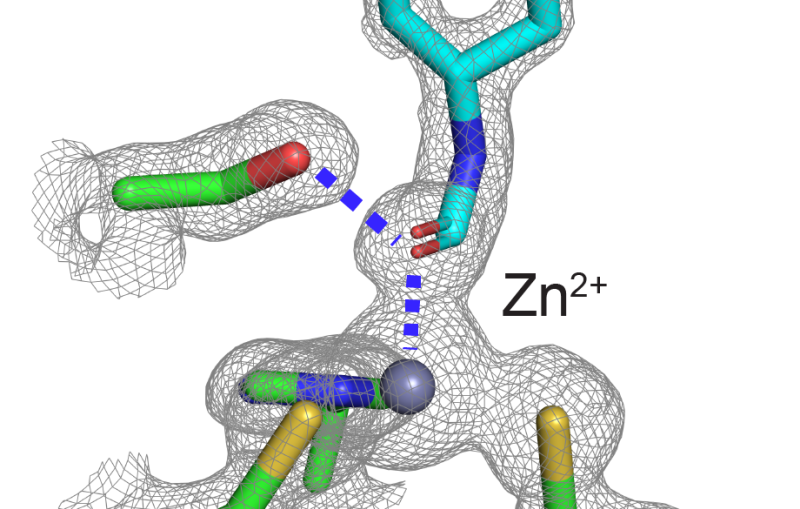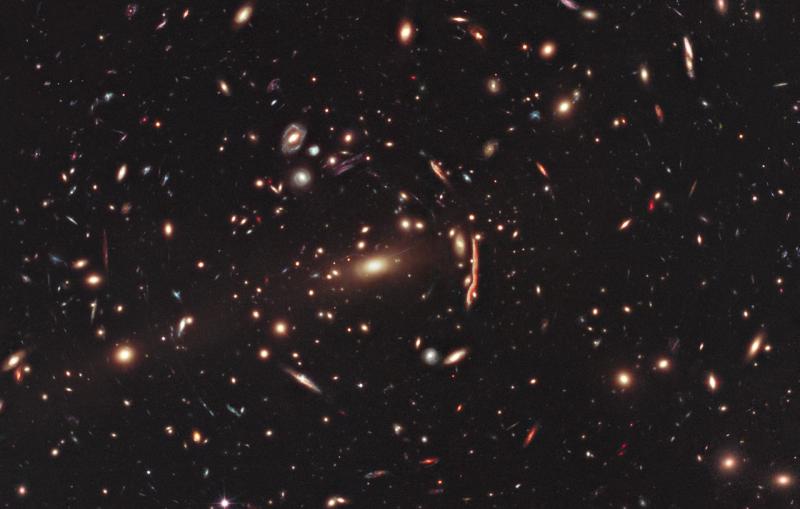News Feature
Stanford School of Humanities and Sciences
Stanford-SLAC study shows how modifying enzymes’ electric fields boosts their speed


The latest news about SLAC research, science programs, facilities and people.
More on our News Center and Media Resources pages

